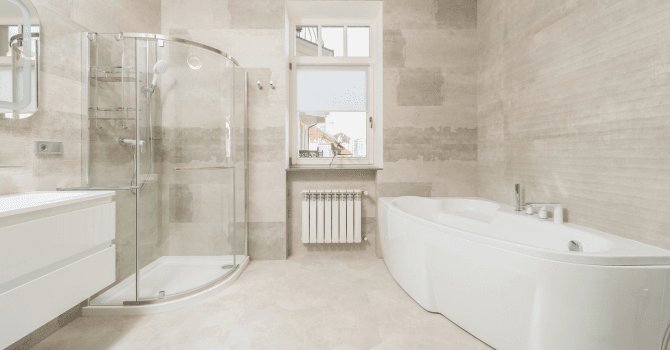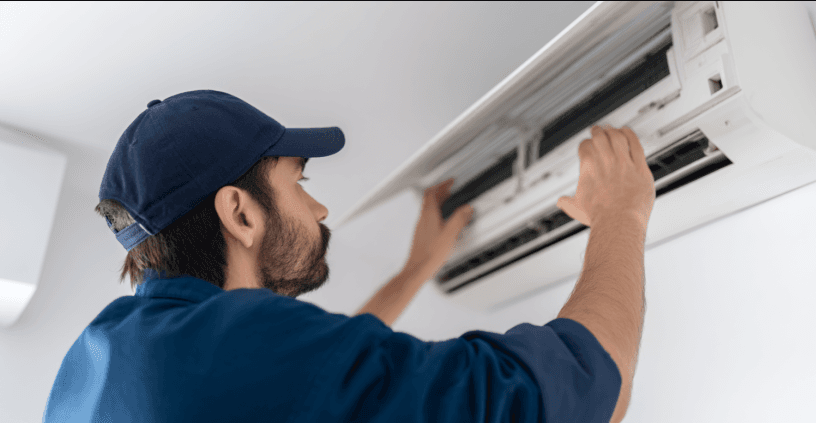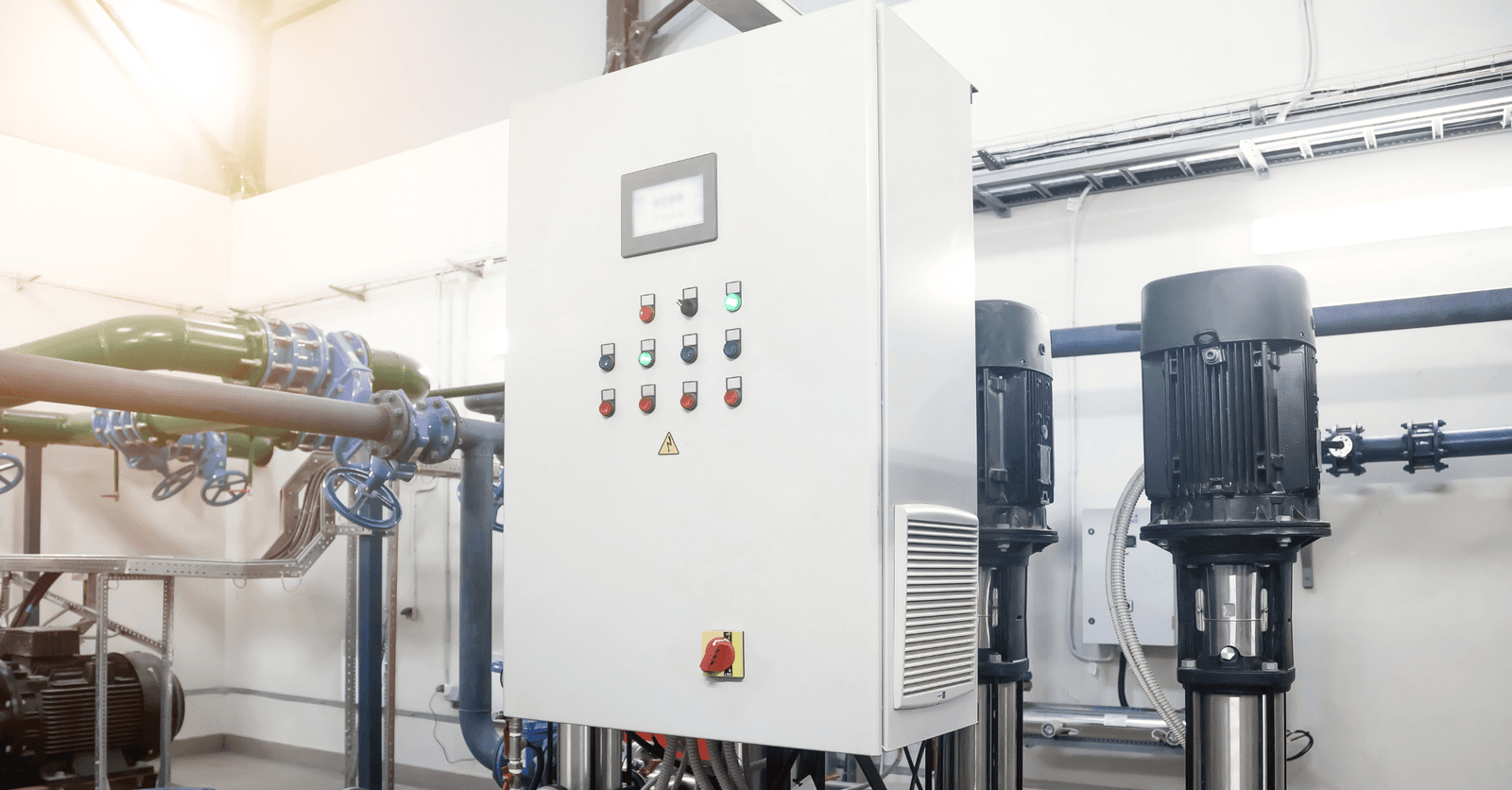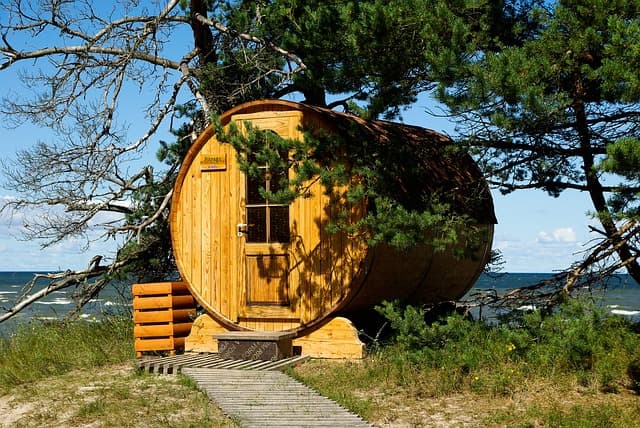How to Reduce Your Energy Consumption During Renovations
By Editorial Team
Updated on November 7, 2023

Our homes are complex systems that are multifunctional and multi-faceted with a lot of various parts. Thus, it is important for our homes to run smoothly and efficiently like well-oiled machines. All machines need energy to operate, and as most homeowners know, our homes consume a large amount of energy annually.
As our planet becomes more environmentally conscious, it is important for us to find ways to reduce energy consumption levels while still living comfortably.
If you’re looking to undertake a renovation project, there are numerous ways that you can reduce energy consumption and live greener. Making smart decisions for a home renovation project means looking at every aspect of an entire house and its impact on the environment. We’re here to break down the ways that home renovations can greatly reduce energy consumption.
3 ways to save energy by renovating your home
Doing a home sustainability assessment

source: Pixabay, congerdesign
It is important that before starting a green renovation project that you speak with experts and carefully plan all aspects of the renovation including design, lighting and current energy consumption. Accurately planning and designing all aspects of a green renovation project will help homeowners to significantly reduce energy costs in the long run.
If you aren’t going to speak with experts, be sure that all aspects of your home renovation have been carefully researched. Even if your research involves looking through a few articles online or in magazines, or taking a trip to your local building advisory, the more you plan in the initial steps, the less headache you’ll be left with.
Further, consider doing a home sustainability assessment, as this will identify the areas of your home where you can improve the energy efficiency. This survey will evaluate the home from the attic to the foundation, pointing out improvements that would work best for your home environment.
Lastly, during the planning process homeowners should look into the rules and regulations regarding home renovation in their municipality or city, as it may be necessary to comply with energy efficiency and water-saving regulations. Be sure to consider all aspects including materials, structures, fencing, landscaping and hot water or cooling systems.
Adapting the house's floor plan to use less energy
The floor plan will determine how energy is dispersed and used throughout the home. As is obvious, a larger home will cost more to heat and cool, while a smaller home will cost much less to do the same. If your home is well designed, smaller spaces can be made more comfortable and energy-efficient whereas larger ones can be designed to disperse energy correctly.
Make sure that the shape of your house and floor plan suit the surrounding area as well as the sloping of your property. Also, bear in mind that your home should be built only to fit the needs of yourself and your family as one of the greatest ways to reduce energy consumption and go green is to refrain from building beyond your means. Instead of following the bigger means better motto, plan for your home to maximize space efficiently.
Further, consider the long-term and think about the model of your home in the years to come: how can you avoid expensive renovations? Designing a flexible home means that it can adapt as technology and times change. Some smaller floor plan aspects to take into account are as follows: face living areas north, that way homes will absorb the sun during winter months and further north-facing windows get sun for the longest part of the day in winter and are easily shaded during summer.
Lastly, include windows or openings on more than one side of living areas to allow for a cross breeze as well as ample amounts of natural light, potentially installing high windows or skylights to get rid of rising air.
Replacing home systems and appliances with eco-friendly devices

source: Pixabay, skeeze
When re-fitting your home with household appliances, be certain about those which are more energy-efficient than others. Green-friendly appliances will usually be clearly marked or labelled, and although they will initially cost more, they work to save homeowners a significant amount on electrical bills.
Green-friendly appliances save energy while performing just as efficiently as your average household appliance. If possible, consider the appliances that use the highest amount of energy while in operation such as the fridge or the shower and replace these with energy-efficient models. Further, when installing heating and cooling systems in your home, make sure these are as environmentally friendly as possible.
Renewable energy sources are another option that homeowners are considering, including power from the sun, wind and earth. Of course, using these technologies will greatly depend on the region your home is in, but when these resources can be harnessed, this is an excellent and sustainable option to reduce energy consumption. In Canada, heat pumps and geothermal systems are slowly growing in popularity and are incredibly environmentally friendly.
Again, although these models will cost a fair amount initially, smart homeowners will understand that they come equipped with a second price tag, and this is the cost of operating the product over its lifetime. With an older furnace, air conditioner and boiler models, operating costs can be higher over the long term than initial purchase and installation costs.
Controlling air leakage to limit energy loss
Air leakage is one of the main ways that homes use and waste a significant amount of energy. Pay special attention to cracks, gaps, sockets and openings where air may find its way outside of your home. Older window and door models can account for a significant amount of heat loss, forcing your heating or cooling system to work much harder.
When undergoing renovations, make sure that windows and hardware are serviced with caulking and weather-stripping, including all latches, cranks and locks which allow air to escape.
If doors and windows need to be fully replaced, make sure to install high-performance windows or inserts. Further, make sure when undergoing renovations that having your home well insulated is one of the prime focuses. Having a high insulation level in walls, ceilings, basements and attics will improve comfort while saving energy and money on heating and cooling.
Controlling air leakage is one of the main ways that homeowners can use less energy, and thus, lower their carbon footprint.
Get 3 renovation quotes for your eco-friendly renovation project
RenoQuotes.com can help you get quotes for your green renovation project. By submitting your project to us, we’ll put you in contact with top-rated contractors. Fill in the form on the homepage (it only takes a few minutes), and you will get estimates from trusted professionals.
Dial 1-844 828-1588 to speak with one of our customer service representatives
Looking for something else?
Related articles
The latest industry news, interviews, technologies, and resources.

Léa Plourde-Archer
•07 Nov 2023
Ceramic flooring holds numerous advantages. In addition to being resistant and quite durable, it requires very little maintenance and can considerably increase the value of a house. It can be used as a flooring surface, as well as a wall covering, namely in the bathroom.

Cynthia Pigeon
•05 Dec 2025
A common question among those renovating their bathroom is whether to opt for a bathtub or shower. While the initial focus is often on space constraints, there are other factors that come into play when making the final decision. So, what exactly are these factors? Keep reading to find out!

Editorial Team
•26 May 2025
Although we all look forward to the warmer weather, few are those who enjoy sweating inside their hot homes or apartments. And that's why many purchase an air conditioner or heat pump.

Editorial Team
•27 Sep 2024
In December 2022, Benoit Charette, Minister of the Environment, the Fight Against Climate Change, Wildlife and Parks, announced a ban against installing and repairing oil-fired heating systems in residential homes.

Editorial Team
•07 Nov 2023
Saunas have been around for 2000 years, as a sworn-by Scandinavian tradition. They may seem like the ultimate luxury, but these year-round havens are much easier to have at home than you might think.